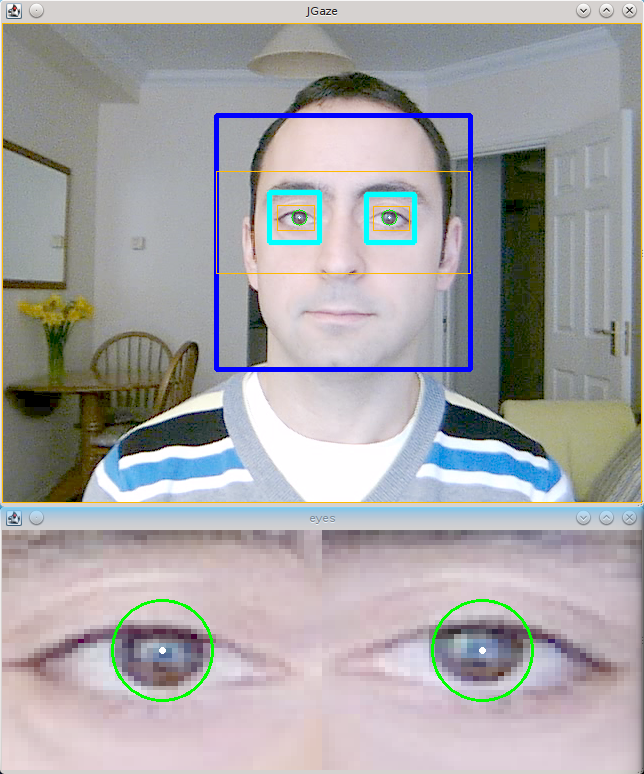

- MIRRORED SPLIT PUPIL FINDER PORTABLE
- MIRRORED SPLIT PUPIL FINDER CODE
- MIRRORED SPLIT PUPIL FINDER FREE
See also Diopter Adjuster and Individual Focus.Ĭentral Focusing Wheel – A wheel mounted in the middle of the binoculars for focus adjustment.Ĭhromatic Aberration – This is a defect of optical lenses used in binoculars. Centre focusing is the most common and convenient and generally the most preferred way of focusing.
MIRRORED SPLIT PUPIL FINDER PORTABLE
The design is often used in compact and portable telescopes, such as NIPON Trophy MC800x80.Ĭenter-Focus binoculars – A mechanism that allows both eyepieces to be adjusted at the same time, useful for rapid focus. Most optical prisms are made of BK-7 glass.Ĭassegrain – A reflecting scope comprising a primary mirror with a central hole through which the light from the primary mirror is reflected to an eyepiece at the focus, the Cassegrain focus, beyond the primary mirror.


View Barlow lenses in this shop.īinocular tripod adaptor – An L-shaped adapter that connects a binocular to the pan head of a standard tripod.īk-7 glass – Also known as “borosilicate” glass. This is named after the English physicist Peter Barlow. See also “Prism Glass”.īarlow Lens – An extra lens used in conjunction with a telescope’s eyepiece to increase the magnification, usually by 2 or 3 times. See also Magnitude.Īspherical Lens – A lens with flattened edges, useful for a clearer, sharper image.īak-4 Glass – Premium, high-density barium crown glass that minimises internal light scattering so the images seen through these lenses are sharper.

Using this system, stars can also have negative magnitude values, and these are the brightest we see in the sky. Therefore, a star that is three magnitudes less than another is (2.512) 3, or about 16 times brighter. The difference between the apparent brightness of two stars follows a logarithmic ratio of 2.512. To learn more, see the privacy policy.A B C D E F G H I J K L M N O P Q R S T U V W X Y ZĪltazimuth Mount – This usually refers to telescope mount which allows movement in two directions: azimuth (horizontally) and elevation (vertically).Īperture – The diameter of the binoculars’ or scope’s objective lenses, measured in mm.Īpparent magnitude – This refers to how bright the star appears to the naked eye.
MIRRORED SPLIT PUPIL FINDER CODE
Special thanks to the contributors of the open-source code that was used in this project: Elastic Search, WordNet, and note that Reverse Dictionary uses third party scripts (such as Google Analytics and advertisements) which use cookies.
MIRRORED SPLIT PUPIL FINDER FREE
The definitions are sourced from the famous and open-source WordNet database, so a huge thanks to the many contributors for creating such an awesome free resource. In case you didn't notice, you can click on words in the search results and you'll be presented with the definition of that word (if available). For those interested, I also developed Describing Words which helps you find adjectives and interesting descriptors for things (e.g. So this project, Reverse Dictionary, is meant to go hand-in-hand with Related Words to act as a word-finding and brainstorming toolset. That project is closer to a thesaurus in the sense that it returns synonyms for a word (or short phrase) query, but it also returns many broadly related words that aren't included in thesauri. I made this tool after working on Related Words which is a very similar tool, except it uses a bunch of algorithms and multiple databases to find similar words to a search query. So in a sense, this tool is a "search engine for words", or a sentence to word converter. It acts a lot like a thesaurus except that it allows you to search with a definition, rather than a single word. The engine has indexed several million definitions so far, and at this stage it's starting to give consistently good results (though it may return weird results sometimes). For example, if you type something like "longing for a time in the past", then the engine will return "nostalgia". It simply looks through tonnes of dictionary definitions and grabs the ones that most closely match your search query. The way Reverse Dictionary works is pretty simple.


 0 kommentar(er)
0 kommentar(er)
